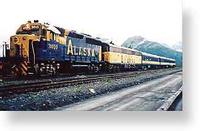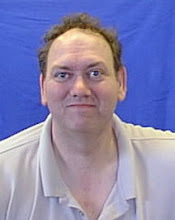Conductor, can you tell me what time it is?
Those days however are long gone and we no longer rely on the Union Pacific for the correct time. Technology has stripped the railroads of that right and turned it over to agencies of the Federal Government such as the National Institute of Standards and Technology. Anyone with a few dollars in their pocket can walk into a local Radio Shack store and come out with a self correcting time piece that would been a marvel to any railroad man only fifty years ago.
For those that are interested you can view a history of time including the part that the railroad industry played in the United States. All of this comes to mind since it is once again that time of year when we are required to adjust our clocks in order to change the amount of daylight hours we have each time the earth makes one complete rotation. So turn your clocks back one hour tonight before returning the engine to the round house and putting the train to bed. It is also a good idea to change the batteries in your smoke detectors. For more of my thoughts on this twice yearly ritualism see my other blog entry at Around The Town In Oakmont PA.




